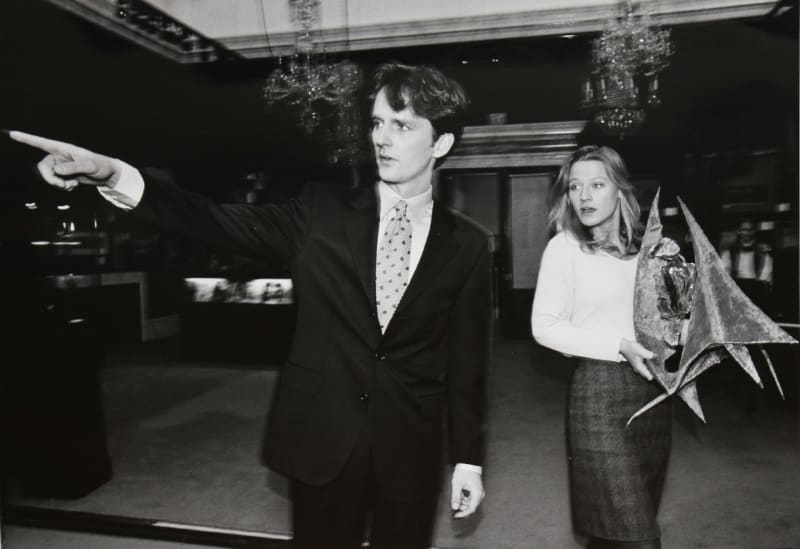'The George Orwell of British photography.' - The Sunday Times
'Colin Jones's photographs are a powerful record of time and place; beyond the images is a remarkable rhetoric about London identity, expressed in the subjects' style and glimpses of the setting.'
The Telegraph
'Not only does Jones' work provide a record of this one particular community project, it is an important document of a highly significant piece of British social history.'
Ag Magazine
In 1973, the photographer Colin Jones was commissioned by the Sunday Times Magazine to illustrate a front cover article entitled 'On the edge of the Ghetto' about the Harambee housing project in Islington, known as The Black House. This tall, dilapidated terraced house on a busy main street in Islington, had became a hostel for troubled young black men run by a charismatic Caribbean migrant, Brother Herman Edwards. The project was often visited by the police and always in strife with neighbours over too much noise and overcrowding. Many of the youths photographed embraced their portrayal in the media as iconic delinquents, reinforcing their status as outcasts. Never officially named 'The Black House', the building was given this name both by residents and by newspaper editors as an easy headline. At this time, the first generation of Afro-Caribean young people to be born in Britain were encountering problems with schooling, employment and the law - Jones' photographs put a face to this news story.
Following a grant from the Gulbenkian Foundation and the Arts Council, Colin Jones continued to photograph the project until 1976 when it ended in disillusionment. The resulting photographs of rootless, alienated youth are no less haunting today than when they were taken. In 1977 they were exhibited in a controversial exhibition at the Photographer's Gallery and toured the country until the exhibition was vandalised in Leicester. This new exhibition is an opportunity to revisit the vanished environment of the Black House, preserved in the humanity and dignity of Jones' photographs.
Born in London in 1936, Colin Jones' creative life has followed an unusual path: From a working-class childhood in the East End of London to dancing in the English Royal Ballet, he bought his first camera on tour in Australia in 1958. He soon became a photographer for The Observer newspaper in 1962. Since then photographs by Colin Jones have also been published in The Sunday Times Magazine, Life, and National Geographic amongst others.
Colin Jones has documented a diverse range of subjects from the vanishing industrial working lives of the Northeast (Grafters, Phaidon 2002), to behind the scenes at the Royal Ballet, daily life in Communist Russia (Leningrad, Studio Vista 1964) and Great Rivers of the World(Hodder and Stoughton, 1988). Colin Jones' work is held in collections at the Victoria and Albert Museum, London and the Arts Council and he has held solo exhibitions at the National Gallery of Art in Washington DC, and the Photographers' Gallery, London amongst others.
Colin Jones was included in Martin Harrison's Young Meteors (1998), which focused on photographers such as David Bailey, Terence Donovan, Colin Jones and Don McCullin who established themselves in the 1960s.
